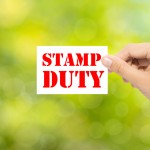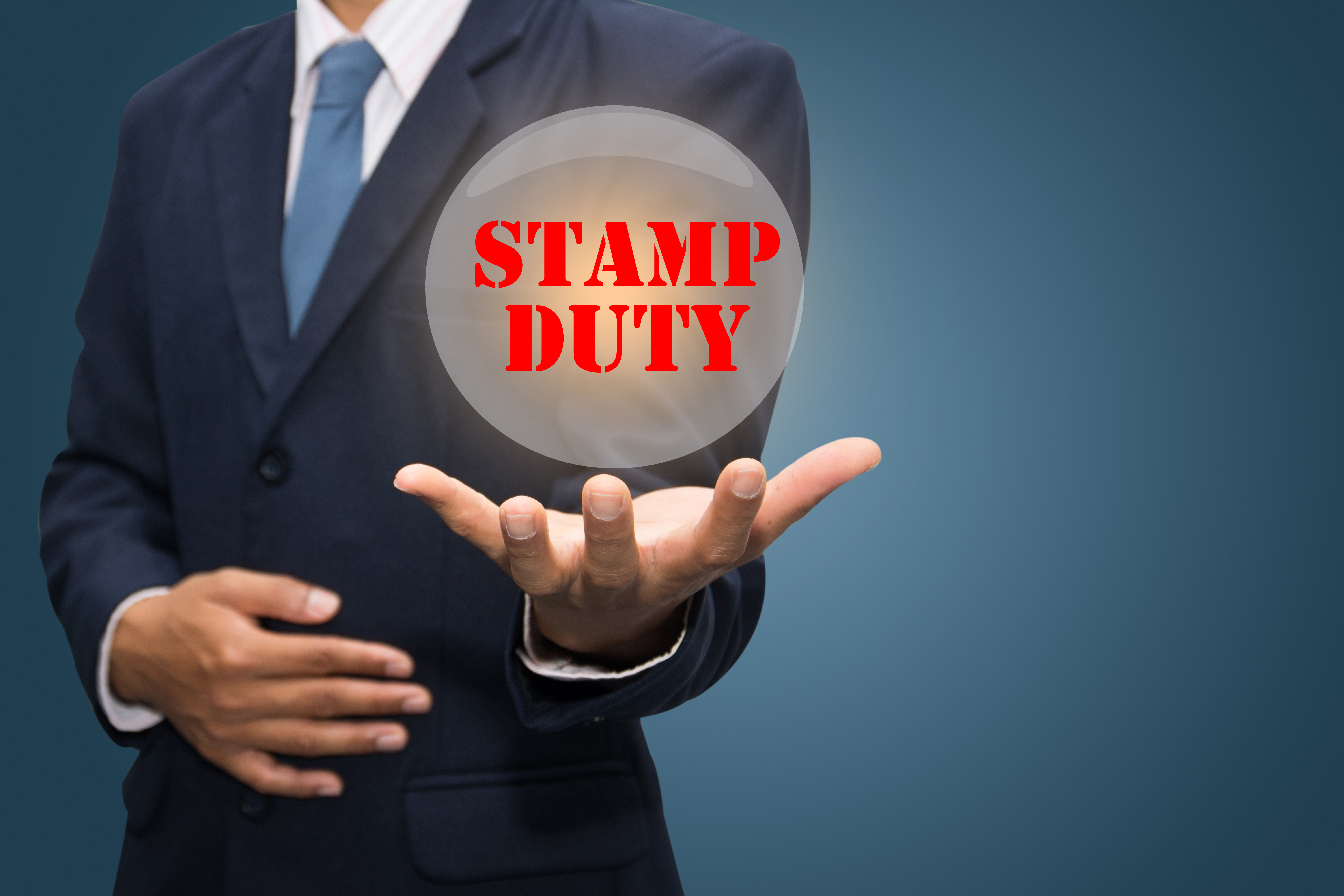 New government figures show that an additional £424 million in revenue was generated from April’s stamp duty hike.
New government figures show that an additional £424 million in revenue was generated from April’s stamp duty hike.
A 3% stamp duty increase was introduced in April as part of the government’s attempt to curb the buy-to-let market and free up property for first-time buyers. The basic rate of tax relief landlords can claim on properties is also set to fall to 20% from April 2017.
According to HMRC, the estimated yield for the second quarter was £1.97 billion from residential transactions, 13% higher than the previous quarter and 28% up on the previous year. Of this, an additional £424 million came from the rise in stamp duty.
The driving force for these rises came from properties valued below £250,000 which accounted for almost a fifth of these transactions in the second quarter.
There were 208,000 transactions liable for stamp duty in the second quarter, 1% higher than the previous quarter and 10% up on the same period last year.
Andrew Bridges, managing director of Stirling Ackroyd, said: “The volume of properties sold keeps growing – and it’s at the lower-end of the market where momentum is at its highest. It may be too early to call but it seems the government’s changes aren’t off-putting buyers from snapping up those additional properties.
“But raising stamp duty is a risky business. Buyers may have been able to grab second properties amid Brexit and economic uncertainty with sellers having to settle for lower prices. However at the top end of the market, buyers are looking scared and many are reluctant to shoulder the extra cost. It seems buy to let investors are still primarily competing with first-time buyers for lower value properties. As we enter a post-Brexit property market, the government may have to look again at the surcharge and assess whether it is helping or hindering the market.”
Andrew Lloyd, managing director of Search Acumen, said: “Although it may feel as though we are in a time of constant change and uncertainty, we can look ahead with some optimism despite the looming realities of Brexit. The market is fundamentally strong.
“However, the government has in many ways shot themselves in the foot. Instead of freeing up the lower end of the market for first-time buyers as promised by George Osborne, competition for these more affordable properties has intensified and therefore further squeezed out many first-time buyers from getting onto the housing ladder. Going forward, the newly-appointed housing minister will need to focus his attention on delivering a working and sustainable housing market, especially for this end of the market.”




